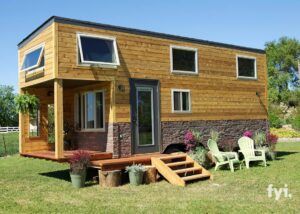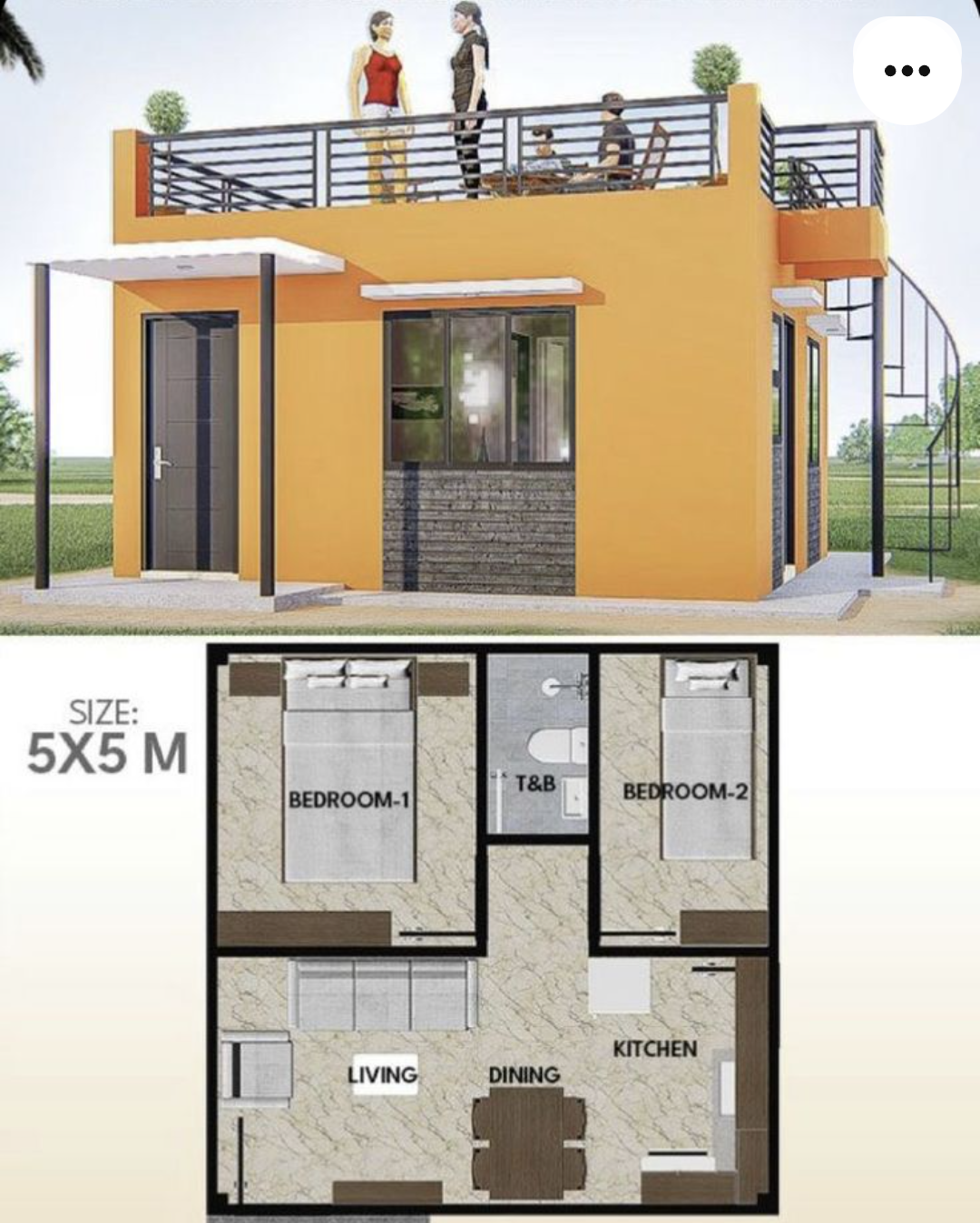 I’m going to take you through the world of tiny homes – it’s not just a living space, it’s a lifestyle. With the tiny home movement gaining more followers every day, understanding the essence of material selection becomes paramount. You’re going to find out about how the choice of materials is more than an aesthetic decision; it’s the backbone of tiny home efficiency and sustainability.
I’m going to take you through the world of tiny homes – it’s not just a living space, it’s a lifestyle. With the tiny home movement gaining more followers every day, understanding the essence of material selection becomes paramount. You’re going to find out about how the choice of materials is more than an aesthetic decision; it’s the backbone of tiny home efficiency and sustainability.
Choosing the right building materials for a tiny home isn’t only about style. It’s about resilience, weight, and even the environmental footprint of your cozy abode. The Tiny Home Construction Materials And Techniques you pick have to perform double duty: they must be durable to withstand all sorts of weather and light enough to keep your home on the go if you fancy a mobile lifestyle.
For those of you keen on reducing your ecological impact, I’ll share why sustainable and eco-friendly materials are a cornerstone of the tiny home philosophy. The use of innovative materials like bamboo, recycled steel, and cork isn’t just a trend; it’s a commitment to minimalism and environmental stewardship.
But it’s not just the type of materials that matter. The way we put it all together plays a huge role in tiny home construction. Don’t worry too much about being an expert right now. I’m here to help you with that. Stick with me, and you’ll soon understand how innovative techniques can make a huge difference in constructing your dream tiny home.
Building Small, Thinking Big: Innovative Techniques for Tiny Home Construction
When it comes to tiny homes, every square inch counts. That’s why innovative construction techniques are crucial to making the most of your space. Let’s explore some of the essential methods that help achieve this.
If you’re curious about space optimization techniques, look no further. From the use of lofted bedrooms to maximize vertical space, to convertible furniture that serves multiple purposes, these strategies allow for a fully functioning home in a reduced footprint.
Multifunctionality is a keyword in tiny home construction. It’s not just about a table that turns into a bed; this concept extends to stairs with built-in storage or kitchens that hide away when not in use. These features help maintain a tidy and spacious interior despite the small size.
Self-sufficiency is another important aspect of tiny living, and incorporating energy-efficient systems can greatly contribute to this. Tiny homes often include solar panels, composting toilets, and water collection systems to reduce reliance on external resources.
Finally, while tiny homes necessitate some unique strategies, they can also benefit from tried-and-true building techniques. Reinforced joints, advanced framing methods, and strategic window placement can all be adapted to the tiny home scale, ensuring strength, efficiency, and comfort.
Materials Matter: The Building Blocks of a Sustainable Tiny Home
Choosing the right materials for your tiny home not only dictates its look and feel but also its environmental footprint and longevity. You want materials that are going to last but also won’t harm the planet. This is where it gets really interesting – sustainable doesn’t have to mean expensive or hard to find.
Reclaimed woods, bamboo, and recycled metals are just a few examples of what can serve as the backbone to your sustainable tiny home. These materials offer a blend of durability and lightness, essential for a home that might hit the road someday.
If energy efficiency is high on your list – and I’m guessing it is – good insulation is non-negotiable. Today’s innovations in insulation materials, like sheep’s wool or rigid foam panels, have changed the game. They keep you toasty in winter and cool in summer, minimizing the need for excessive energy use.
In a tiny home, each choice resonates louder. Picking materials that have a low environmental impact, like sustainably harvested wood or solar reflective roofing, can slash your carbon footprint significantly. Over time, these decisions can also lead to considerable cost savings.
As we look towards the future, it’s clear that the tiny home movement is just getting started. New materials and technologies, like composite panels or 3D printed components, are on the horizon, promising even more efficient and eco-friendly options.
So, what’s your move going to be? Are you going to select traditional materials that have stood the test of time, or will you explore the emerging options that promise a greener future? Whichever route you take, remember that the materials you choose speak volumes about the values of your home and your lifestyle.

